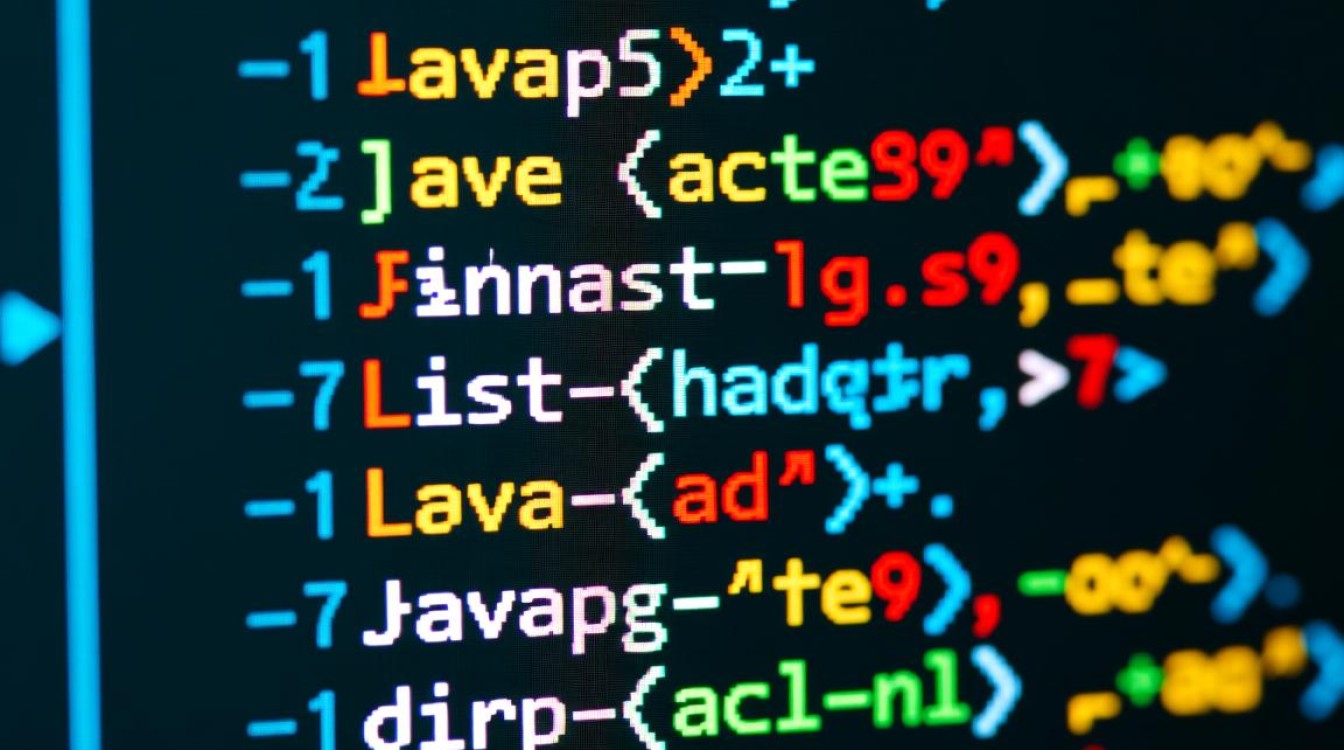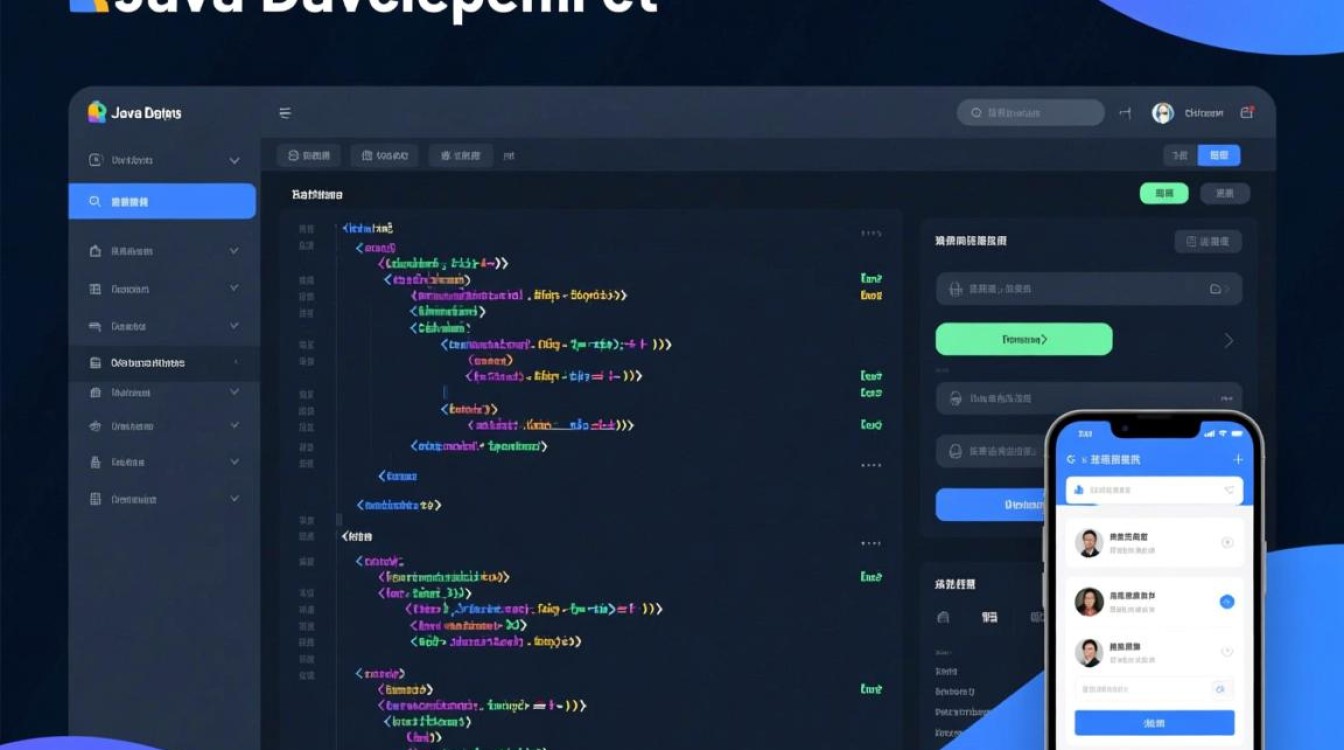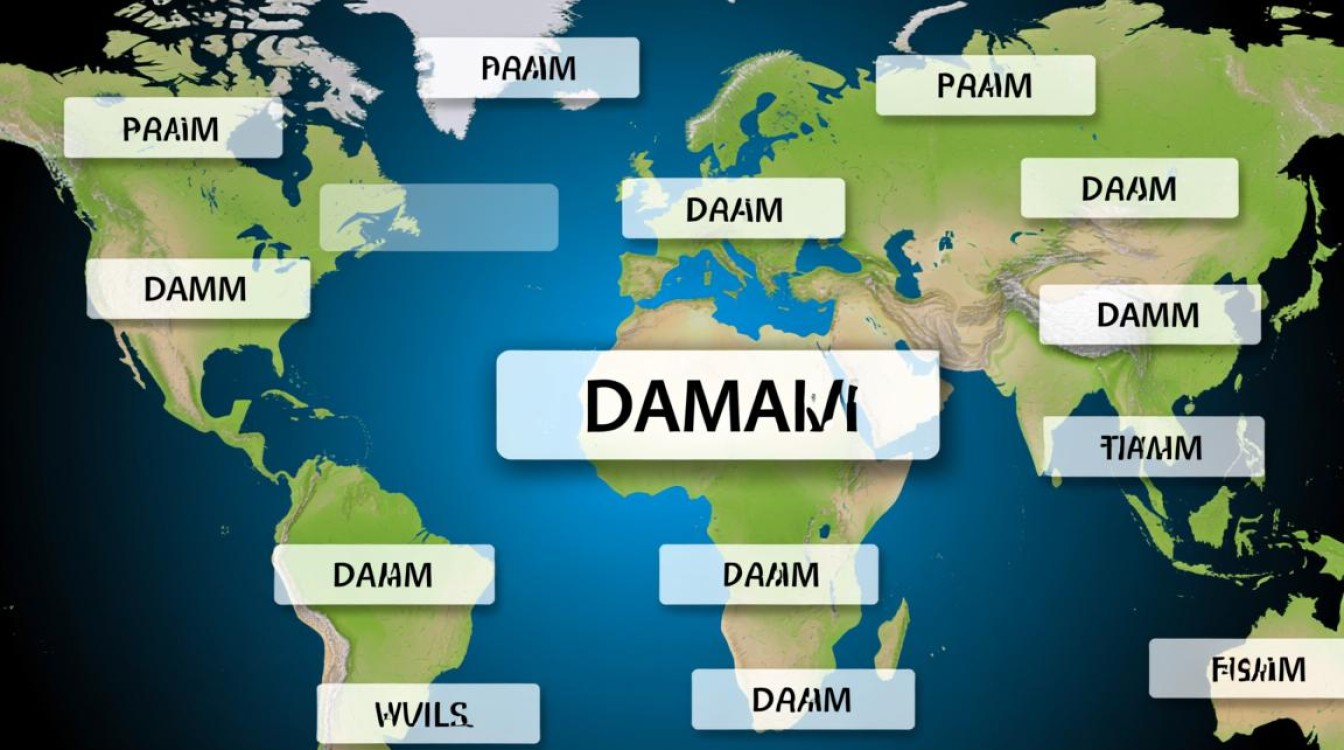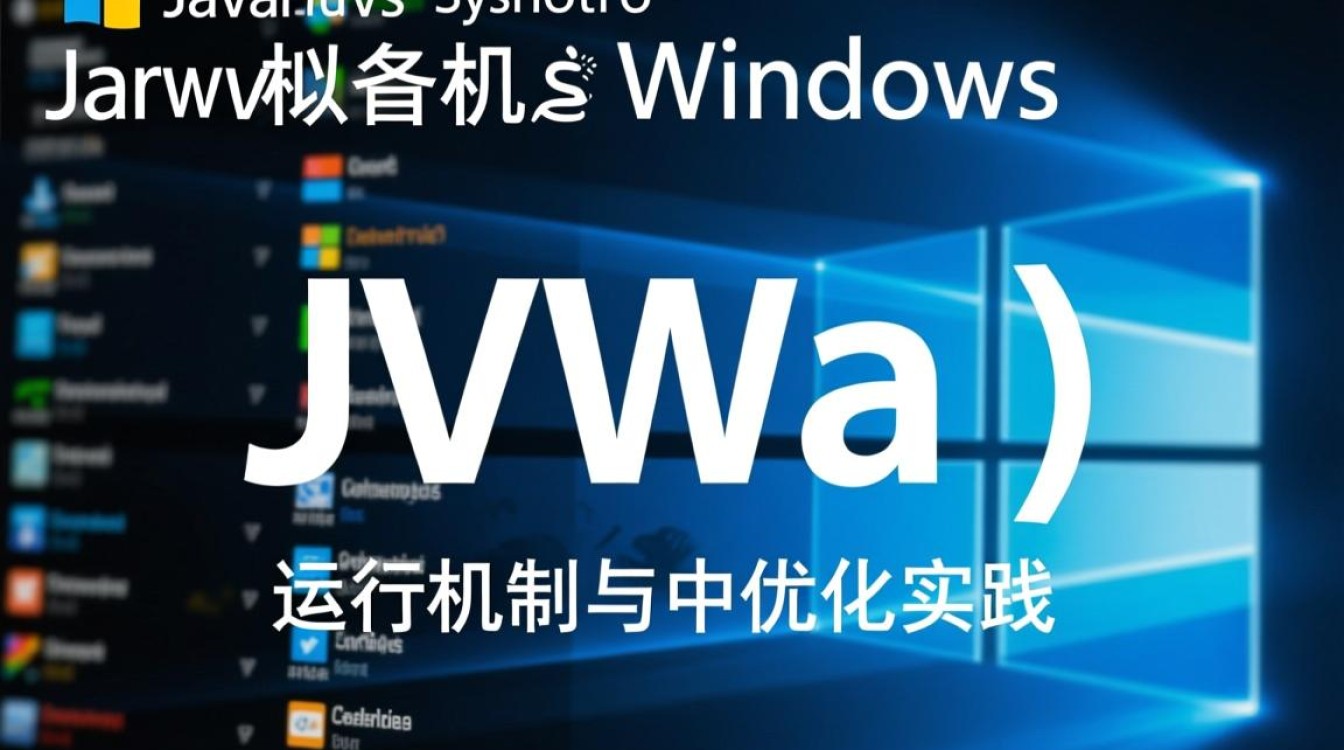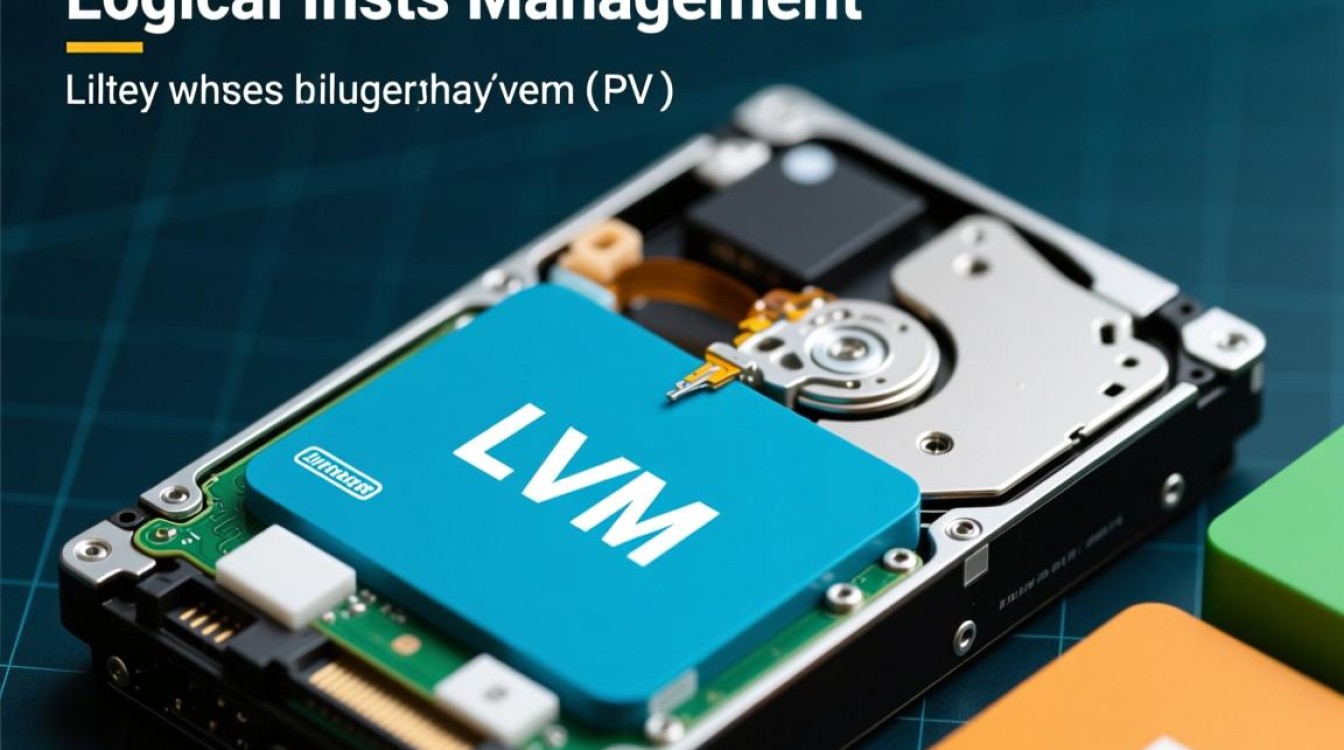在Java编程中,时间戳(Timestamp)是一个重要的概念,它通常表示自1970年1月1日00:00:00 UTC(Unix纪元)以来经过的毫秒数或秒数,时间戳在数据存储、日志记录、时间计算等场景中广泛应用,本文将详细介绍Java中获取时间戳的多种方法,包括使用System类、Date类、Calendar类以及Java 8引入的java.time包,并探讨不同方法的适用场景和注意事项。
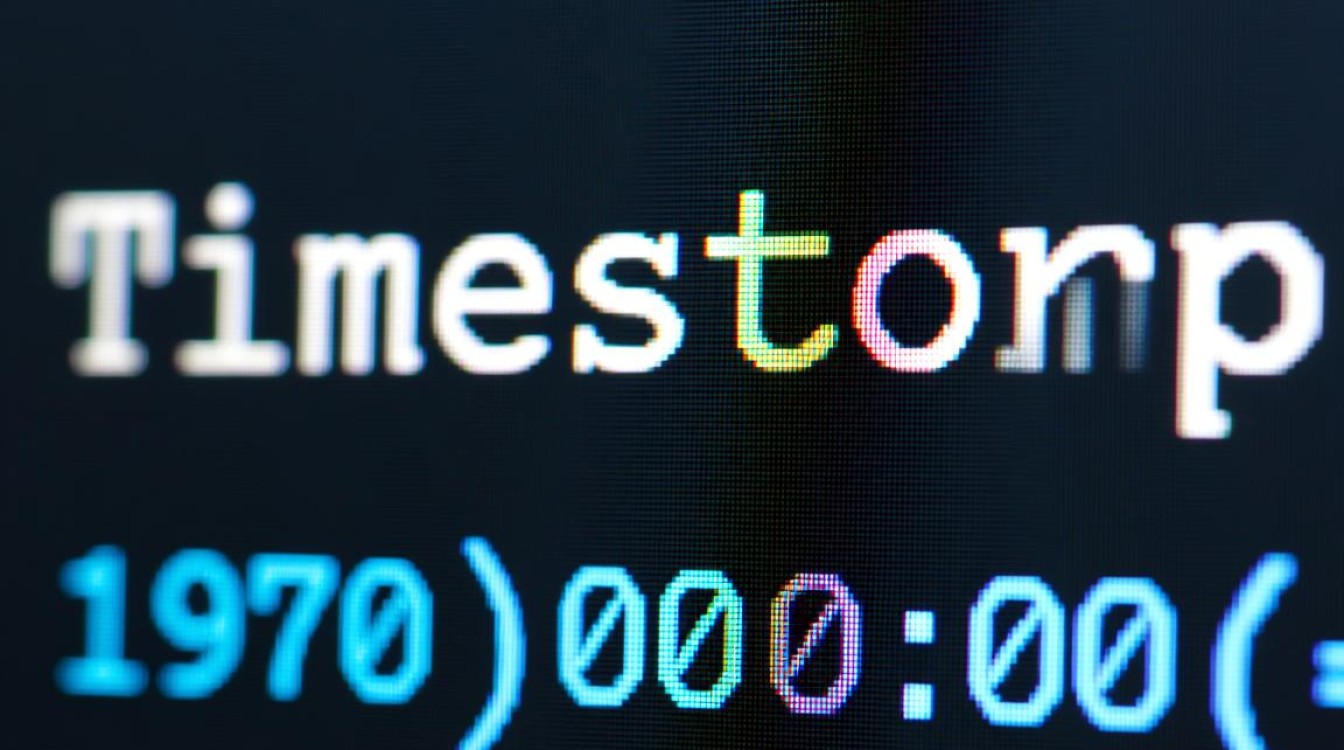
使用System类获取时间戳
System类是Java中的核心类,提供了与系统相关的方法和属性,获取时间戳最简单的方式是使用System.currentTimeMillis()方法,该方法返回当前时间与Unix纪元之间的毫秒差,返回值是一个long类型的数字。
long timestamp = System.currentTimeMillis();
System.out.println("当前时间戳(毫秒):" + timestamp);
特点:
- 优点:简单高效,无需创建对象,直接调用静态方法即可。
- 缺点:返回的是毫秒级时间戳,如果需要秒级时间戳,需要手动除以1000。
- 适用场景:对性能要求较高、只需要简单时间戳的场景,如生成唯一标识符、记录事件发生时间等。
使用Date类获取时间戳
java.util.Date类是Java中较早用于表示日期和时间的类,通过创建Date对象,可以获取当前时间的时间戳。
Date date = new Date();
long timestamp = date.getTime();
System.out.println("当前时间戳(毫秒):" + timestamp);
特点:
- 优点:直观易懂,
Date对象本身包含时间戳信息。 - 缺点:
Date类的设计存在一些问题,如年份从1900开始,月份从0开始,且线程不安全。 - 注意事项:
Date类中的getTime()方法返回的同样是毫秒级时间戳,与System.currentTimeMillis()结果一致。 - 适用场景:需要与旧版API兼容或进行简单的日期时间操作时使用。
使用Calendar类获取时间戳
java.util.Calendar类是Date类的替代品,提供了更丰富的日期时间操作功能,通过Calendar实例可以获取时间戳。
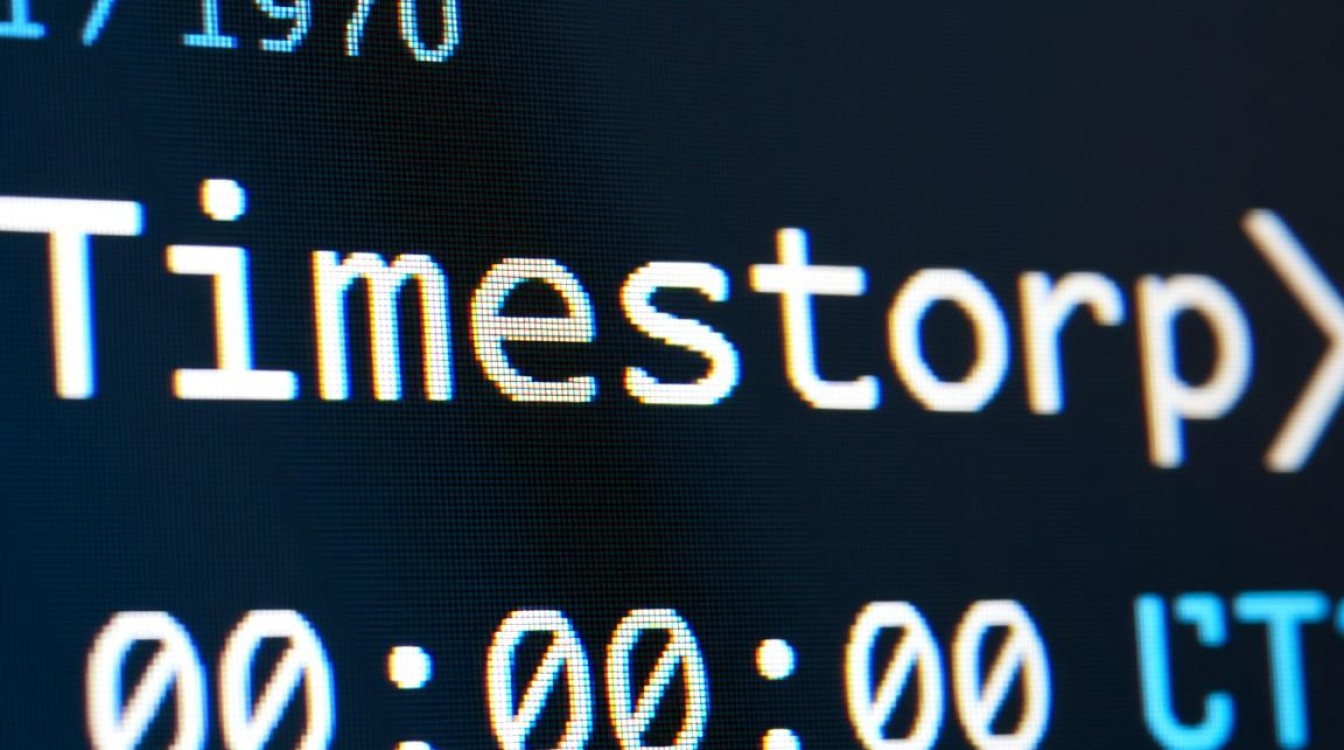
Calendar calendar = Calendar.getInstance();
long timestamp = calendar.getTimeInMillis();
System.out.println("当前时间戳(毫秒):" + timestamp);
特点:
- 优点:支持更复杂的日期时间计算,如获取年、月、日、时、分、秒等字段。
- 缺点:
Calendar类是抽象类,需要通过getInstance()方法获取实例,且月份和Date类一样从0开始,线程不安全。 - 适用场景:需要对日期时间进行复杂操作,如加减时间、比较时间等。
使用Java 8的java.time包获取时间戳
Java 8引入了全新的java.time包,提供了更现代、更线程安全的日期时间API,该包中的Instant类专门用于表示时间戳。
获取当前时间戳
Instant instant = Instant.now();
long timestamp = instant.toEpochMilli(); // 毫秒级时间戳
long secondTimestamp = instant.getEpochSecond(); // 秒级时间戳
System.out.println("毫秒级时间戳:" + timestamp);
System.out.println("秒级时间戳:" + secondTimestamp);
将时间戳转换为日期时间对象
long timestamp = System.currentTimeMillis();
Instant instant = Instant.ofEpochMilli(timestamp);
System.out.println("Instant对象:" + instant);
特点:
- 优点:线程安全、设计更合理、API更直观,支持纳秒级精度。
- 缺点:仅适用于Java 8及以上版本。
- 适用场景:推荐在新项目中使用,特别是需要高精度时间戳或复杂日期时间操作的场景。
时间戳的转换与格式化
获取时间戳后,通常需要将其转换为可读的日期时间格式,Java提供了多种格式化工具:
使用SimpleDateFormat(旧版API)
SimpleDateFormat sdf = new SimpleDateFormat("yyyy-MM-dd HH:mm:ss");
String formattedDate = sdf.format(new Date());
System.out.println("格式化后的时间:" + formattedDate);
使用DateTimeFormatter(新版API)
DateTimeFormatter formatter = DateTimeFormatter.ofPattern("yyyy-MM-dd HH:mm:ss");
LocalDateTime dateTime = LocalDateTime.now();
String formattedDate = dateTime.format(formatter);
System.out.println("格式化后的时间:" + formattedDate);
注意事项
-
时区问题:
Instant类表示的是UTC时间,如果需要本地时间,可以使用ZonedDateTime或LocalDateTime进行转换。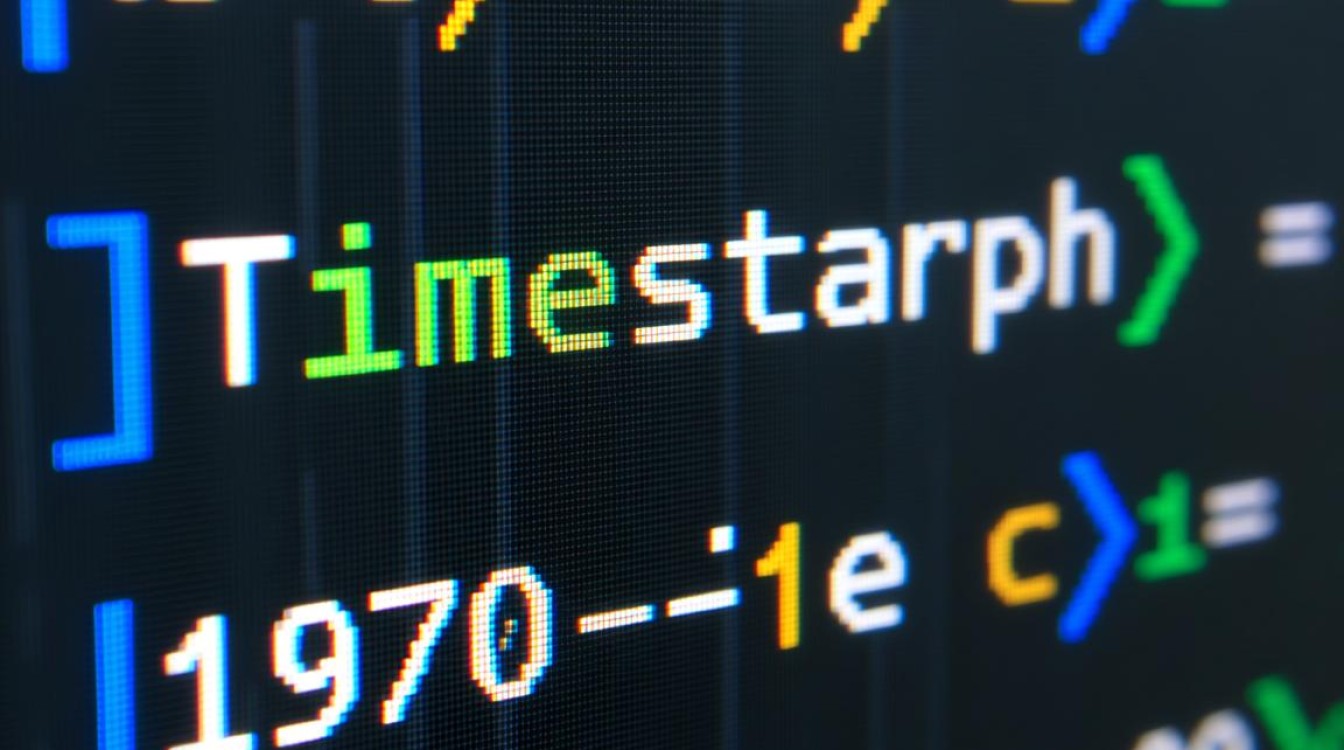
ZonedDateTime zonedDateTime = Instant.now().atZone(ZoneId.systemDefault()); System.out.println("本地时间:" + zonedDateTime); -
精度问题:
System.currentTimeMillis()和Date类只能精确到毫秒,而Instant类可以精确到纳秒,如果需要更高精度,可以使用System.nanoTime(),但注意该方法返回的是相对时间,不适合作为时间戳使用。 -
性能考虑:在循环或高频调用场景中,
System.currentTimeMillis()性能最优,而java.time包中的类虽然功能强大,但创建对象的开销稍大。
Java中获取时间戳的方法多种多样,开发者可以根据实际需求选择合适的工具:
- 如果只需要简单的时间戳,
System.currentTimeMillis()是最佳选择。 - 如果需要与旧版API兼容或进行简单操作,可以使用
Date或Calendar类。 - 在Java 8及以上版本中,推荐使用
java.time包中的Instant类,它提供了更强大、更安全的功能。
掌握这些方法并了解其适用场景,可以更高效地处理Java中的日期时间相关任务,在实际开发中,还需注意时区、精度和性能等问题,以确保代码的准确性和高效性。
